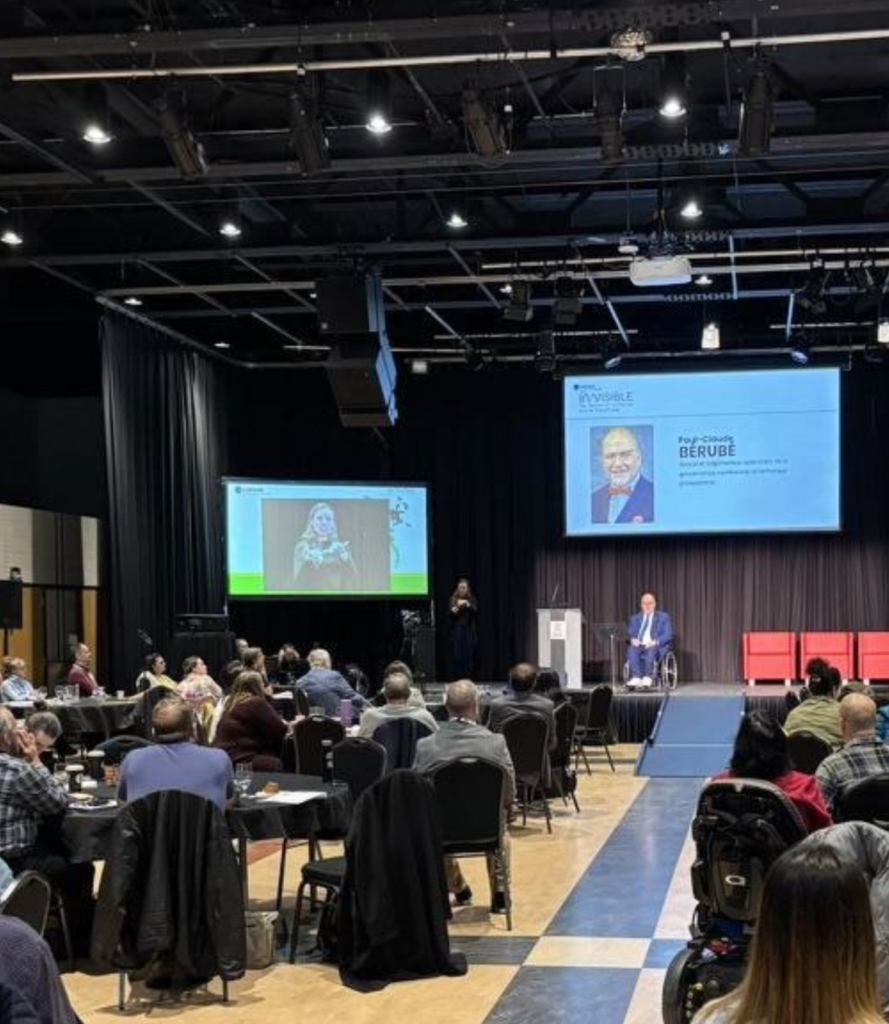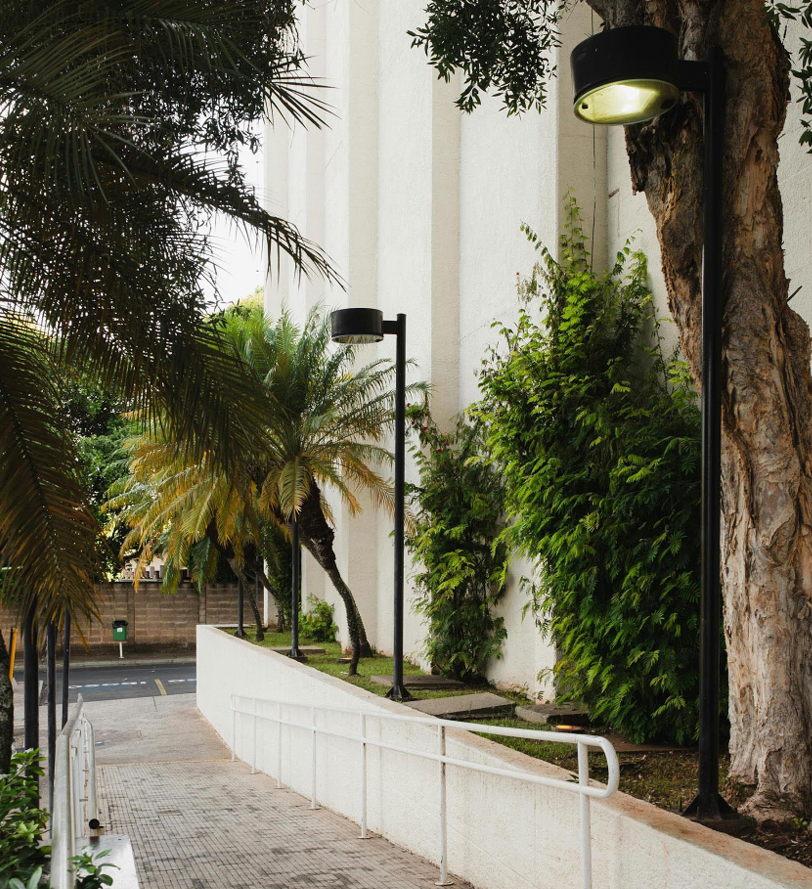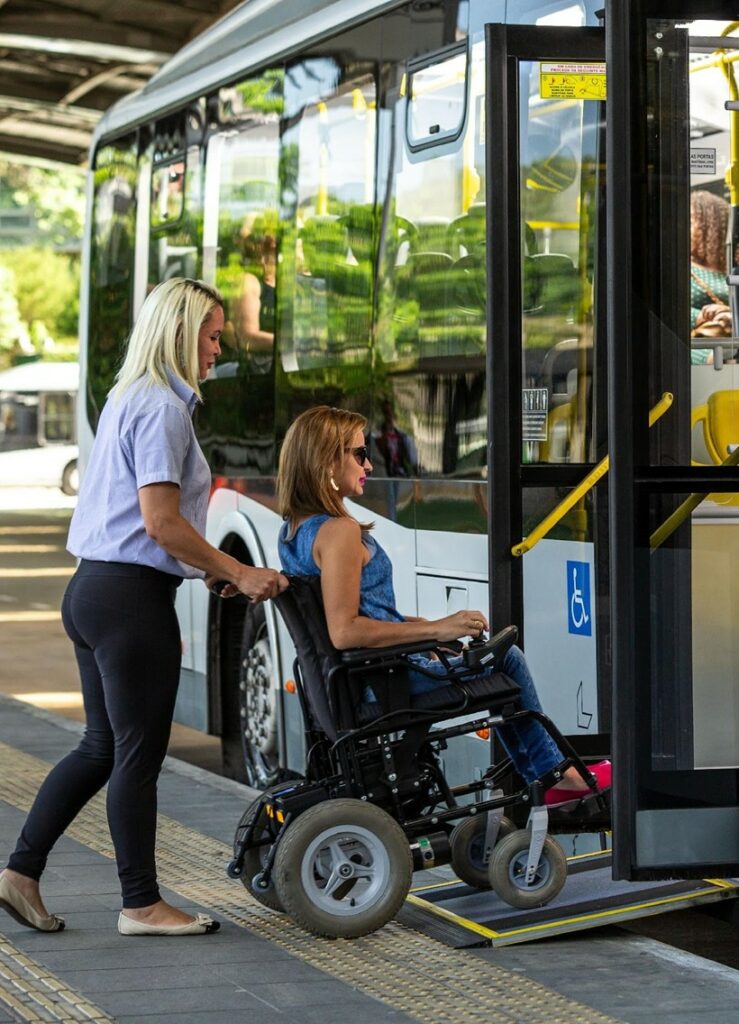
In Québec, a number of laws and policies ensure that post-secondary institutions are accessible to students with disabilities so that they have equal access to education. Here are the main measures put in place:
- Act to secure the handicapped in the exercise of their rights (1978): This act was fundamental to establishing integration support services in CEGEPs and universities as early as 1980. In 2004, this law was updated with the adoption of Bill 56, and renamed the Act to secure handicapped persons in the exercise of their rights with a view to achieving social, school and workplace integration. This modification strengthened the responsibility of public and parapublic institutions with regard to their practices towards persons with disabilities.
- À part entière: pour un véritable exercice du droit à l’égalité Policy for increasing the social participation of persons with disabilities: Adopted by the National Assembly of Québec, this policy aims to put the 2004 act into practice by proposing concrete actions and evaluations for various educational sectors, including post-secondary education. It promotes the active inclusion of persons with disabilities in society.
- Act respecting equal access to employment in public bodies: This act requires educational institutions to take measures to ensure equitable access to their services for persons with disabilities.
- Student services: In 1982, integration services were established in the Sainte-Foy and Vieux Montréal colleges, with the support of the Centres collégiales des services d’intégration (CCSI). At the university level, the Association québécoise interuniversitaire des conseillers et conseillères pour étudiants en situation de handicap (AQICESH) supports services for students with disabilities.
- Access plan: Facilities should develop plans to improve the accessibility of their infrastructure and services.
- Grants and financial assistance: Since the 1990s, Student Financial Assistance (SFA) has been running the Allowance for Special Needs Program (PABP), which helps cover the high costs of services required by students with special needs. In many cases, student loans are often converted into grants for these students. Several public, private and parapublic organizations offer scholarships annually to students with disabilities.
- Awareness and training: Post-secondary institutions often provide staff with training on the specific needs of students with disabilities so they can better understand these needs and provide an adapted welcome.
For more information, it is recommended to consult the website of each institution or contact the student services office directly.
Overview of the situation
While there has been significant progress regarding inclusion of students with disabilities in post-secondary education in Québec, ongoing challenges remain. Here’s an overview:
Challenges
-
Inequality of services:
Support service offerings vary between institutions, creating disparities in the experience of students. This can lead to service disruptions when students transfer from one institution to another.
-
Physical accessibility:
Despite improvements, some infrastructure remains inaccessible, limiting access to courses, essential services (washrooms and elevators) and activities.
-
Stigma:
Negative attitudes and lack of awareness of the challenges faced by students with disabilities can lead to stigma, complicating their academic integration. Many students are reluctant to use their institution’s integration services or tell teaching staff about their condition for these reasons. This can lead to failed courses, withdrawals, and a statistical under-representation that reflects only part of their reality.
-
Lack of resources:
Facilities may face budgetary constraints that limit the availability and quality of services provided. Often, teams of less than 10 must serve thousands of students. The number of students with disabilities in post-secondary institutions is growing and their needs are becoming increasingly diverse.
-
Inadequate accommodations:
Lack of specialization among stakeholders, lack of awareness of the realities of various disability situations and limited resources sometimes prevent the development of effective stakeholder plans. These same factors also make it difficult for students to collaborate on their Individual Intervention Plan (IIP), leading to insufficient or inadequate accommodations.
While Québec has made significant progress in the inclusion of students with disabilities in post-secondary education, continued efforts are needed to ensure true equality of access. The commitment of institutions, students and the community is essential to overcoming barriers and creating an inclusive learning environment for all.
Standards and obligations
In Québec, there are several standards and obligations governing the inclusion of students with disabilities in post-secondary education. The main ones are:
These standards and obligations aim to ensure that students with disabilities have equitable access to post-secondary education by creating inclusive environments and providing the various types of support necessary for their academic success. Institutions must actively commit to these obligations to promote inclusion and equal opportunity.
Good practices
There are a number of practices that can be implemented to promote the inclusion of students with disabilities at the post-secondary level. Here are some of the most effective:
These best practices aim to create an inclusive and equitable environment for all students with disabilities, giving them full access to post-secondary education and enabling them to succeed in their academic journey. The engagement of the entire educational community is essential to successfully implement these practices.
References
Article 24 of the UN Convention on the Rights of Persons with Disabilities stipulates that every child has the right to thrive and reach their full potential in a healthy environment free from discrimination.
Here are some references and resource materials to help you deepen your understanding of best practices for the inclusion of students with disabilities in post-secondary education:
-
Commission des droits de la personne et des droits de la jeunesse (CDPDJ) du Québec:
This organization offers numerous resources and recommendations to facilitate the inclusion of persons with disabilities in education.
- CDPDJ report and documents – Rights of persons with disabilities in education: This report discusses the rights of students with disabilities, the obligations of educational institutions and provides recommendations for improving inclusion.
- Accessibility and inclusion: This document provides guidelines on how educational institutions can better accommodate students with disabilities.
-
Ministère de l’Éducation et de l’Enseignement supérieur (Québec):
Lignes directrices pour l’intégration scolaire des élèves handicapés ou en difficulté d’adaptation ou d’apprentissage [Guidelines for educational intégration of students with handicaps, social maladjustments or learning difficulties]. This document provides guidelines on integration and accessibility in educational settings.
-
Act to secure handicapped persons in the exercise of their rights with a view to achieving social, school and workplace integration:
This legislation outlines the rights of persons with disabilities and specifies the obligations of educational institutions.
-
Association canadienne pour les personnes handicapées (ACPH):
Offers various tools and resources for the inclusion of students with disabilities in education.
-
Institut national de la santé publique du Québec (INSPQ):
Publishes research and recommendations on accessibility and inclusion of persons with disabilities.
-
Journal of Postsecondary Education and Disability:
This journal publishes research papers on best practices and policies for inclusion in higher education institutions.
-
American Council on Education (ACE):
Provides resources and studies on the inclusion of students with disabilities in post-secondary education.
Fact sheet prepared by Sergeline Isidore (MBDE) and André Prévost (COPHAN).







